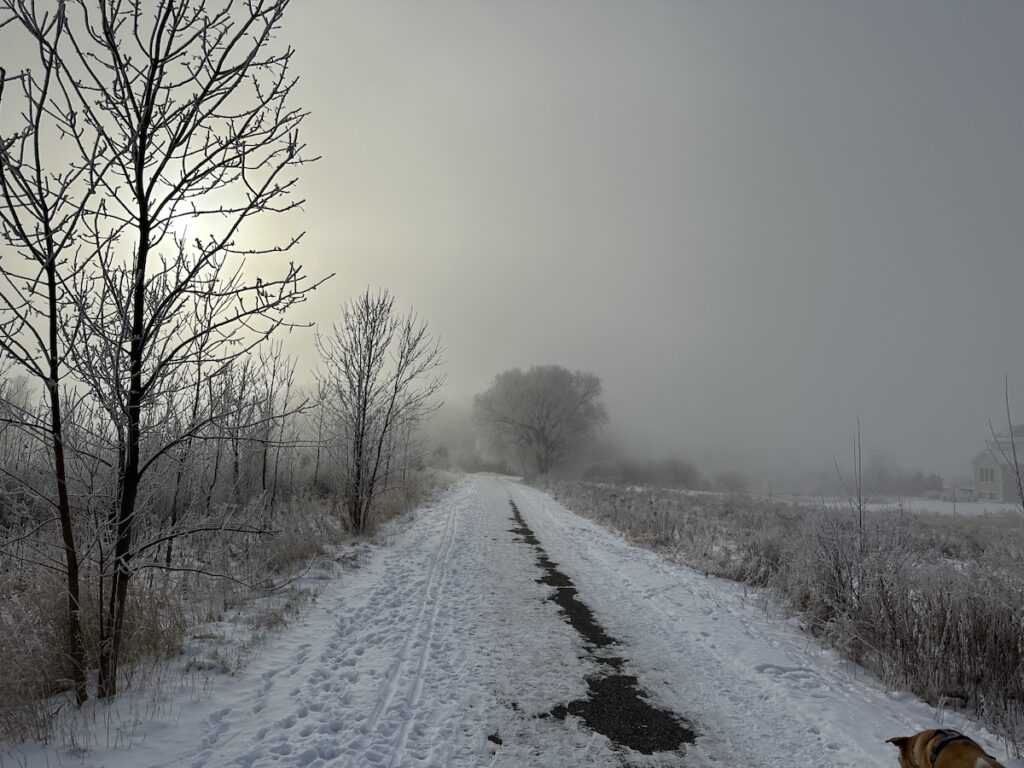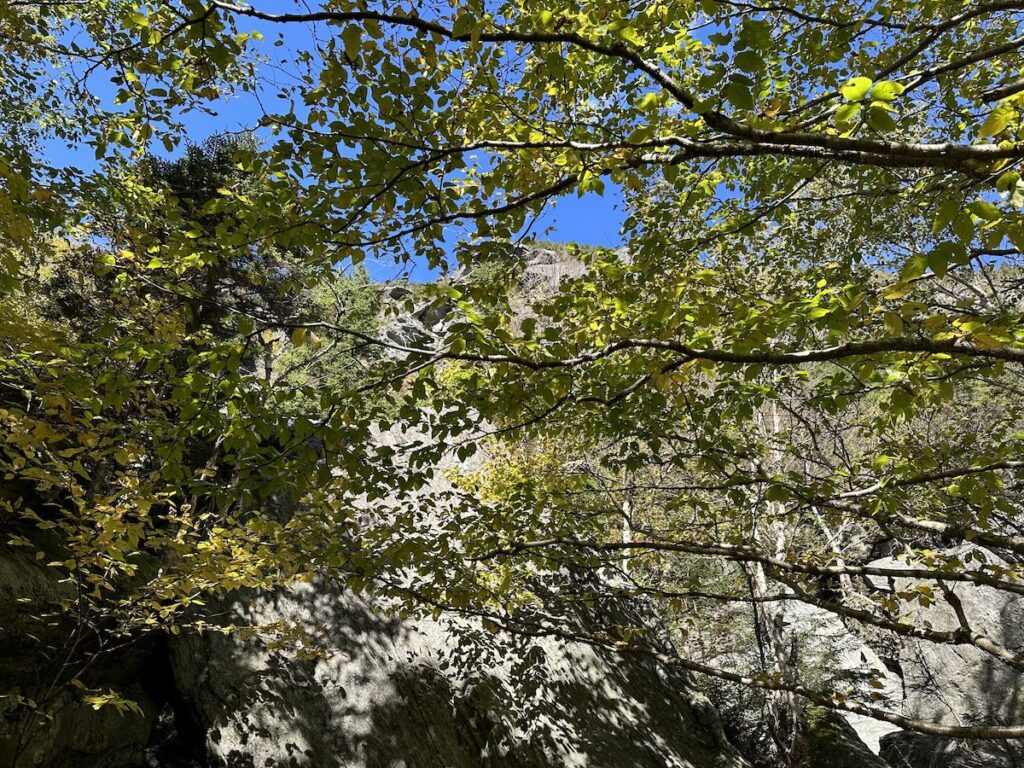Generative AI is often surrounded by excitement and speculation, but how can businesses turn this technology into genuine value? In the latest episode of TinyTechGuides Talks, I sat down with Yves Mulkers, my co-author of Generative AI Business Applications: An Executive Guide with Real-Life Examples and Case Studies, to explore the real-world impact of generative AI. Together, we shared insights that move beyond the art of the possible, focusing on what is being implemented in businesses today.
Why this conversation matters to business leaders
Generative AI has caught the attention of industries everywhere, but separating realistic opportunities from marketing hype can be challenging. Yves and I focused on how AI can benefit businesses, highlighting specific use cases, best practices, and key considerations for safe and effective implementation. We discussed both the opportunities and risks, providing a pragmatic roadmap for leaders looking to begin integrating AI into their operations.
Key themes from the podcast
1. From report to book: real-world applications of generative AI
What started as a simple report quickly morphed into a book filled with over 70 examples of generative AI applications across industries and lines of business. During our conversation, we discussed a few of the use cases, covering everything from streamlining inventory tracking to improving marketing workflows. The emphasis was on practical applications that deliver clear business results—no fluff, just straightforward examples.
2. Balancing opportunity with caution
Yves and I agreed that generative AI isn’t a magic solution. As they say, when all you have is a hammer, everything becomes a nail. While Gen AI’s functionality is impressive, it also comes with new challenges, particularly around privacy and data security. Leaders need to know how AI models handle data, especially when using public tools like ChatGPT. Yves shared insights into mitigating these risks, stressing the need for caution when working with sensitive business information.
3. Getting started without getting overwhelmed
To get started with AI, the best way is to start small. Don’t try to boil te ocean and overhaul entire processes all at once. Instead, begin with well-defined tasks where AI can make a measurable impact. Yves shared a great example: tagging machinery with serial numbers using generative AI. This simple solution saved days of manual effort and greatly improved efficiency. Small, targeted projects like this are effective entry points for companies wanting to explore AI.
Yves Mulkers’ unique perspective
Yves’ journey into technology was far from typical. He began as a DJ, fascinated by beat mixing, and used early tech tools like the Commodore 64 to manage his music collection. This background led him to develop a passion for technology, eventually guiding him into AI and data. His unconventional path gives him a unique perspective—one that’s focused not on the technology itself but on how it can solve real business problems.
Key takeaways for executives
- Start small and practical: The best approach to AI is an incremental one. Test it in low-risk areas of your business to build experience and comfort.
- Understand the risks: Data privacy is a real concern when using generative AI. Yves highlighted that public models may use your data to train themselves, which poses risks for sensitive business information.
- AI isn’t always the solution: Not every business challenge requires AI. Sometimes traditional tools are the best fit. Yves and I agree that the first step should always be to clearly define the problem before deciding if generative AI is the right tool to solve it.
How to use AI for immediate impact
For business leaders interested in AI, Yves suggests finding targeted use cases that deliver immediate value. It could be automating mundane processes or using AI tools to boost efficiency in repetitive tasks. The goal is to use AI to complement—not replace—human capability.
Listen to the full episode for more insights.
If you’d like to hear more from Yves Mulkers and me on how generative AI is reshaping business operations, listen to the full podcast episode and get a copy of the book. We cover specific use cases, ethical considerations, and practical advice for integrating AI into your business without unnecessary risk.
—-
Here’s a copy of the transcript:
TTG Talks: David Sweenor and Yves Mulkers – Transcript
David Sweenor (4:50): So good morning, good afternoon, and good evening. Welcome to Tiny Tech Guides Talks. I’m here with Yves Mulkers, who is the author of Generative AI Business Applications. I was actually fortunate to co-author this with Yves earlier this year. It came out, and Yves, I recall it was a number one new release on Amazon. That was amazing.
Yves Mulkers (5:36): Yeah, really, really was surprised. You know, it was always on top of my mind, like, “You need to write a book.” It’s good for marketing, and even though I’m not the best writer, it was on my wish list. When you asked, “Are you into writing a book?” I thought, “No, okay, let’s go for it.” This was the time to do it. And of course, with some help from generative AI for research, and your good coaching, we managed to get it done. But I think the real question is, why write that book? Generative AI was hyped with ChatGPT, but we wanted to make it more tangible, more useful for business. Tech is just tech until it brings value, and that was the main driver for writing the book.
David Sweenor (6:27): Yeah, it was funny. We started wanting to write a 20-page report, and next thing we know, we had a 130-page book. But you have an interesting background, Yves. I saw on your LinkedIn profile, it says, “I turn data pains into business gains.” I love that. Could you share your origin story and how you got here?
Yves Mulkers (6:54): It started with passions that led from one to another. When I was 15 or 16, I was really passionate about DJs and beat mixing. In those days, we had clubs everywhere in Belgium, and the nightlife was vibrant. I loved watching DJs work—playing with the audience—so I started collecting vinyls and bought the equipment: two vinyl players and a mixer. It was my first holiday job, and I still have those players in the basement.
I also loved technology. Back then, I was typing my music collection into a Commodore 64, creating a manual database in BASIC. When the Commodore became too small, I switched to an XT and developed my own database system to manage my vinyls. From music, I moved into programming, and then into IT. I even worked in chemistry for six years before deciding to shift to IT, as I saw more opportunities there. I always wanted to help non-technical people solve business problems with tech. My career has been about balancing technology with business, while trying to weave in music.
David Sweenor (10:56): That’s an amazing origin story. I wish I had known about the music piece earlier—maybe we could have added some intro music! Speaking of the book, why did you feel it was important to write it? How is it different from all the other AI books out there?
Yves Mulkers (11:30): Most books are either too high-level or way too technical. We wanted something practical, filled with examples across industries and departments—something useful for any part of the business. Many AI books are just about “What is AI?” or they go deep into the technical part, but we aimed to show how it’s applicable in a business context.
A lot of the time, when I ask large language models for a data strategy, the answers are fluffy and impractical. They don’t tell you where to start or what to do next. We wanted to provide real examples, historical context, and actionable insights—something people can actually use.
David Sweenor (13:27): Yeah, I’m proud of what we achieved. Over 70 real-life examples and case studies in the book—something for everyone, no matter where they are in their AI journey. Given how rapidly AI is evolving, where do you see things heading, especially for businesses?
Yves Mulkers (14:19): I think we’re just scratching the surface. Generative AI brought more focus to AI, but AI has been around since the 1960s. Generative AI can learn from patterns, but it still needs guidance. We’re stabilizing generative AI, but it’s not perfect yet—sometimes it gets things wrong, so human intervention is crucial.
For example, generating images is fun, and it’s okay if an image isn’t 100% accurate. But if we’re using it for programming or contextual content, it requires more careful oversight. The technology is advancing, and the next wave is making it scalable and reliable.
David Sweenor (16:14): Sure, lots of potential. There’s talk about AI agents and automation. Where do you think we are in this maturity arc for AI in business?
Yves Mulkers (16:43): We’re at an early stage of practical implementation. I was surprised by how Singapore uses generative AI as a co-pilot to automate mundane tasks, augmenting human intelligence. Most people are using it for content creation or marketing—things like articles, campaigns, or videos—but applying it to a real business process is still hard. You need to first understand the process manually, then automate. Generative AI should be used thoughtfully, targeting specific problems.
David Sweenor (18:35): That’s quite insightful. You touched on ethics and risk—what should companies be concerned about when implementing AI?
Yves Mulkers (19:26): Compared to cloud or database solutions, AI is even riskier because of data privacy issues. With large language models, we don’t always know what they’re doing with the data we provide. I’m quite sure all the prompts typed into ChatGPT are used to train its models. So be careful about what data you share—it’s less transparent than a traditional database.
I recently heard a case where someone’s input into ChatGPT later reappeared in another response. That’s a warning sign. If you don’t want sensitive information to end up somewhere else, avoid using public AI models. Always question whether your data is safe.
David Sweenor (21:53): Absolutely. It’s important for organizations to take that seriously. I know some enterprise versions promise not to use the data, but do we trust them? If you don’t want your data online, maybe it shouldn’t go into an AI system.
Yves Mulkers (23:47): Exactly. Don’t let fear hold you back, but be cautious. Experiment in isolated environments—there are practical applications for generative AI that make it worth the risk. One client used generative AI to analyze machinery serial numbers from photos, drastically reducing the time and labor needed for inventory. Simple use cases like that can provide real value, but it’s about augmenting human capability, not replacing it.
David Sweenor (25:33): People often forget that these models started with things like computer vision. Generative AI can easily analyze handwriting or recognize images, but there are still misconceptions. What are the biggest myths about generative AI?
Yves Mulkers (26:12): The biggest myth is that generative AI is truly intelligent—it’s not. It’s fast, has a lot of stored knowledge, but still hallucinates and gets things wrong. It’s often presented as a one-size-fits-all solution that can automate anything, but sometimes simpler AI is better for pattern recognition or other stable, well-understood tasks. Generative AI is just one tool among many.
David Sweenor (27:53): That’s so true. If all you have is a hammer, everything looks like a nail. But prompts can help refine AI output. Have you experimented with fine-tuning or prompt engineering?
Yves Mulkers (28:30): Yes. The size of the input prompt has evolved a lot, which helps with context. Tools like knowledge graphs are being built on top of large language models to improve the quality of responses. Personalized assistants that know your preferences and language use can deliver much better results. That’s where the future lies—contextualizing AI to better fit individual needs.
David Sweenor (31:31): Absolutely. It always comes down to data and context. As we wrap up, let’s do a rapid-fire round. If generative AI could create a hybrid food dish, what bizarre culinary fusion would you want it to invent?
Yves Mulkers (32:02): Chocolate spaghetti. It sounds bizarre, but it’s a fusion of two things I love.
David Sweenor (32:19): Interesting! And if you could create an AI-powered superhero sidekick, what would its silly superpower be?
Yves Mulkers (32:31): Melting weapons into chocolate toffees—less war, more chocolate!
David Sweenor (33:23): Love that. Lastly, how about a silly jingle or rap using generative AI?
Yves Mulkers (33:41): I actually cheated and used AI for this:
AI, oh my, let’s generate some fun with algorithms humming or works nearly done, we’re promptly improving. No need to refrain this text not just fluff. It’s got a real brain, neural networks, parking creativity is lit. Our outputs are sharp. They’ve got plenty of bits from text to images. We’re pixel perfect. This AI revolution. We totally GPT it. So let’s compute the tune and database or sound with machine learning, beats with remix. Bound in this digital age, we’re all interlinked our AI futures bright.
David Sweenor (34:55): Perfect! Thanks, Yves. Congrats on the success of the book, and I look forward to more conversations in the future.
Yves Mulkers (35:06): Thanks, David. Cheers!



